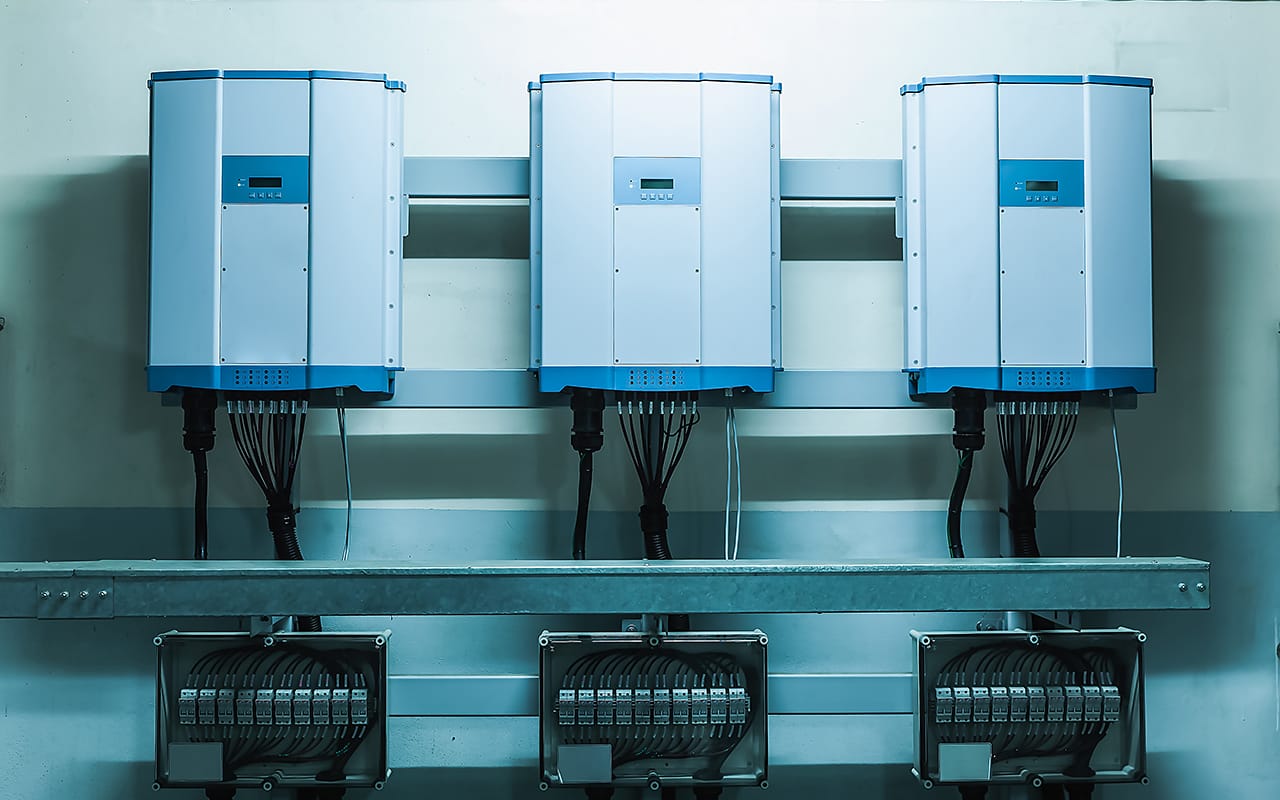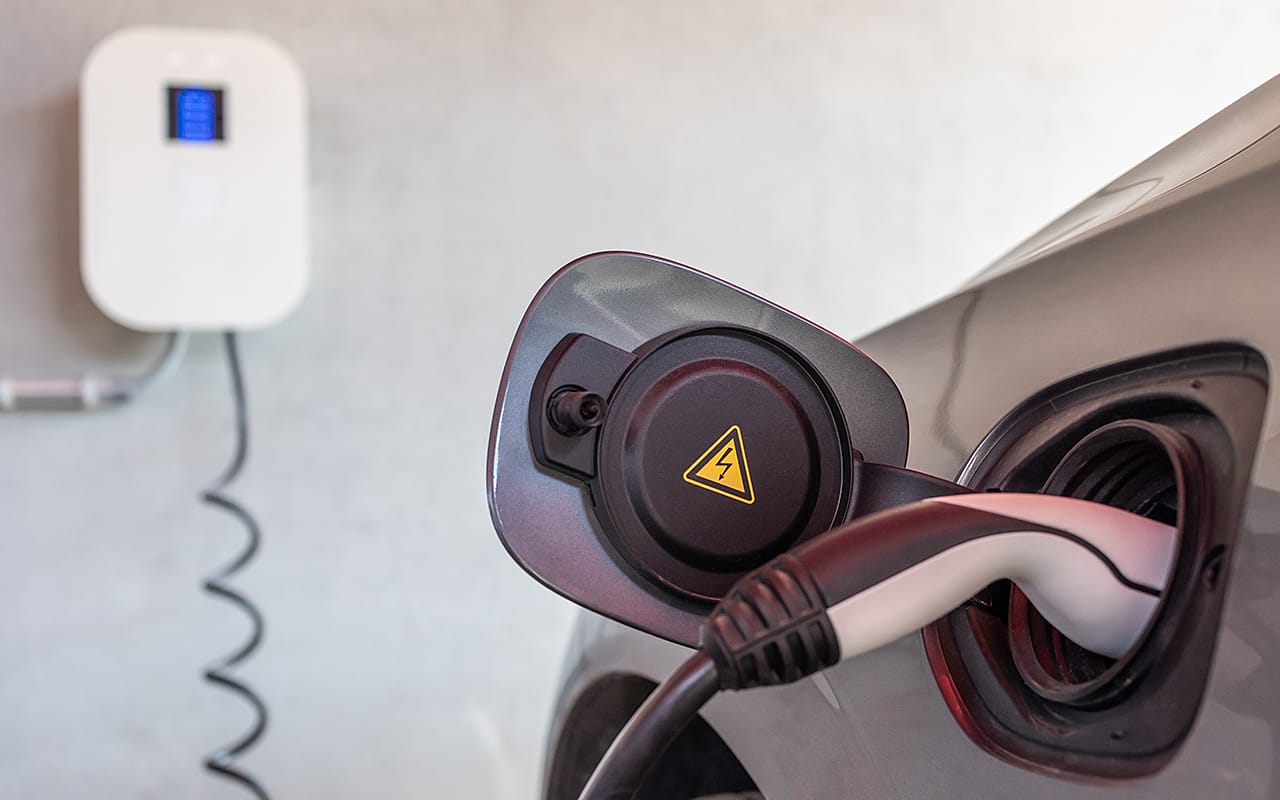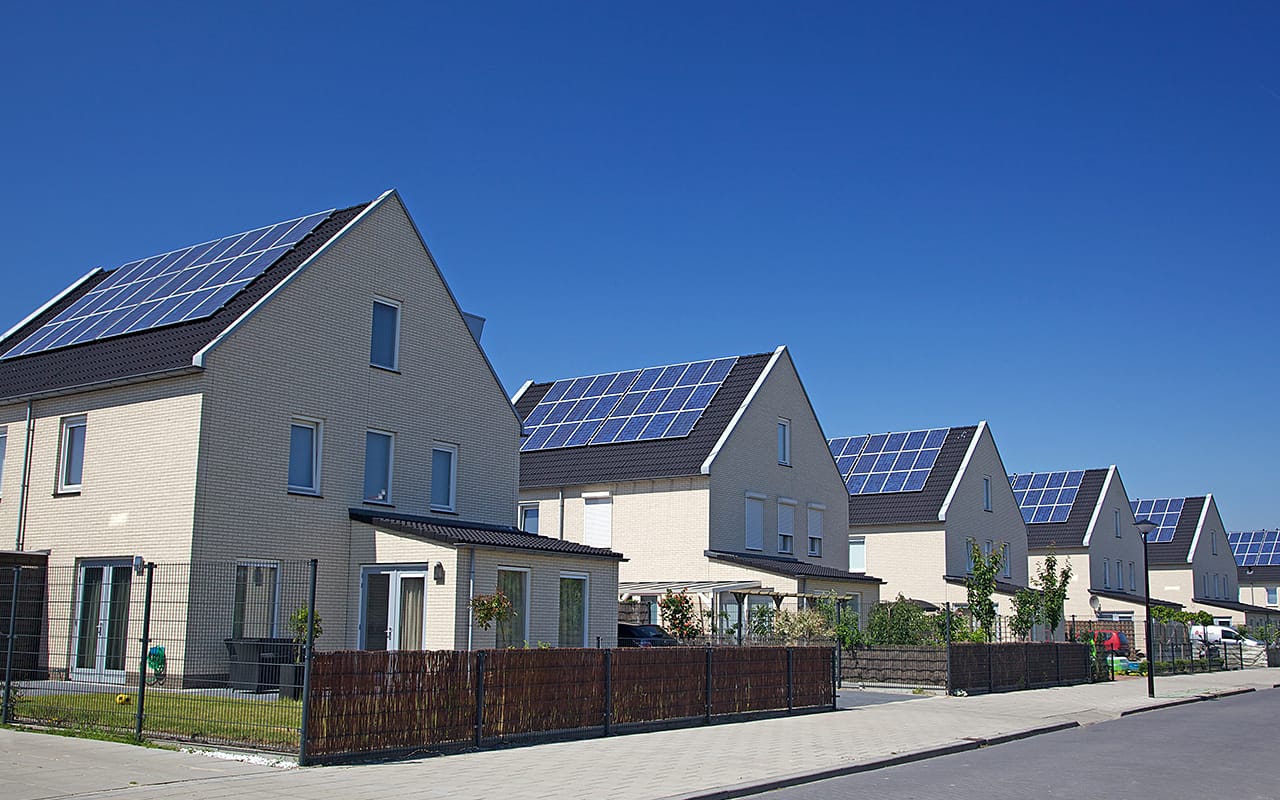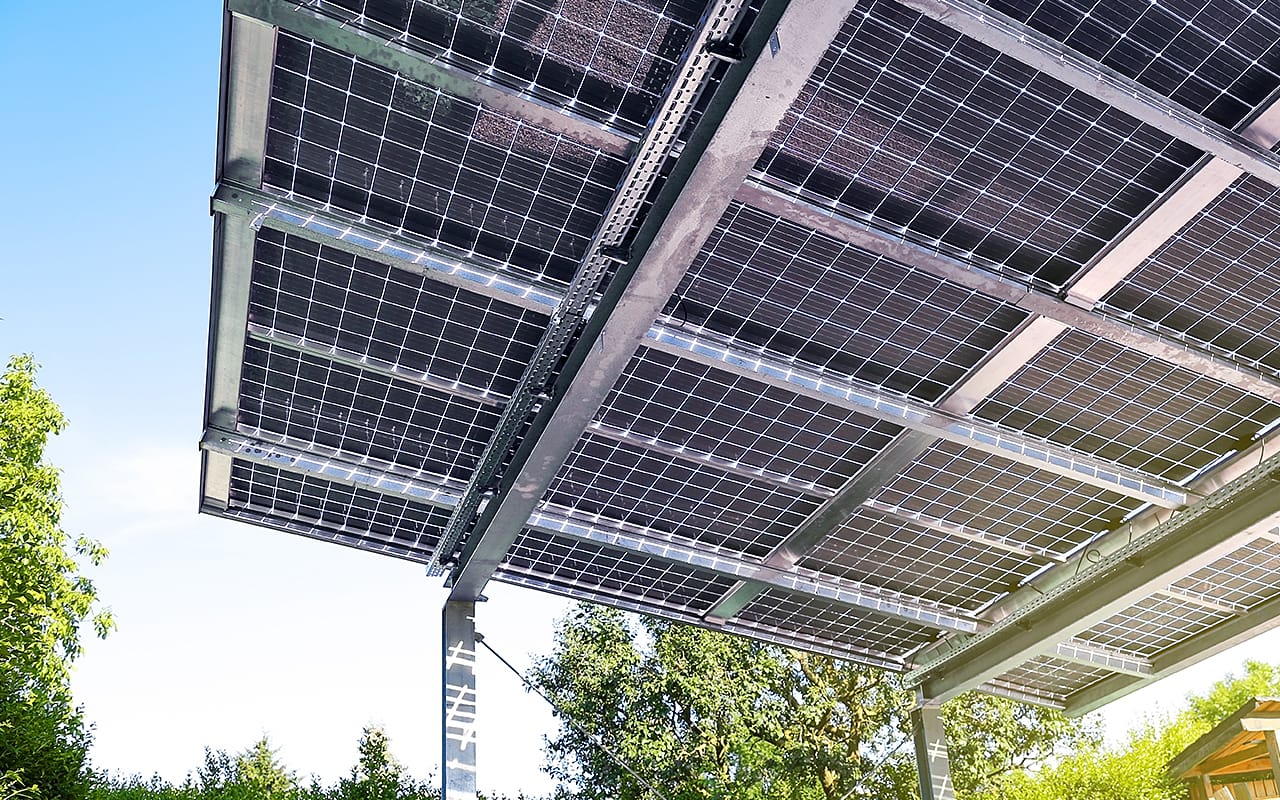Is it possible to retrofit a PV memory?

A photovoltaic system is not equipped with a storage unit as standard. The reason for this is that in some cases storing the electricity is unnecessary. For example, if you consume a lot of energy during the day, hardly any solar power goes into the storage unit because you use it directly or feed it into the grid. If, on the other hand, your demand increases in the evening or in winter, it is a sensible investment to retrofit the storage unit.
Possibility of retrofitting a PV storage tank
From a technical point of view, retrofitting a photovoltaic storage system is always possible. However, not every storage model is suitable for such a retrofit. The decisive factor is whether your electricity storage system has a direct current or alternating current connection. Whether the retrofit is ultimately worthwhile depends on your individual needs and your PV system. In addition, the following points determine whether retrofitting a photovoltaic storage system makes sense from an economic perspective:
- How high is your feed-in tariff?
- How old is your photovoltaic system?
- How high are the costs for the electricity storage system?
- What is your current self-consumption rate?
If, on the other hand, you consider the purchase from the perspective of climate protection, then retrofitting a photovoltaic storage system is always the better choice: you not only use more electricity generated by your solar modules, but also improve your personal CO2 balance.
Retrofitting photovoltaic storage: the advantages
If you decide to retrofit a photovoltaic storage system, you will not only benefit from better economic efficiency. You rely more on the electricity you generate yourself and become less dependent on your electricity supplier.
If you retrofit your photovoltaic storage system, you will increase your own consumption and become much more self-sufficient. Better consumption values can be observed especially in single-family homes. While they usually record around 30 percent, the rate increases to 50 to 80 percent with storage.
You also protect the environment in this way. Because currently less than half of the electricity from the public grid is renewable. By using solar power, you are making an active contribution to climate protection.
What needs to be taken into account?
If you want to retrofit your photovoltaic storage system, it is rarely a problem from a technical point of view. The question is therefore first and foremost whether the retrofit is profitable. It is also important whether your electricity storage system is equipped with an AC or DC connection.
In the case of AC systems, the storage system is completely independent of the PV system. DC systems, on the other hand, are connected before the inverter and are located directly behind the photovoltaic modules. This makes it significantly cheaper to retrofit your photovoltaic storage system with AC.
For this reason, retrofitting is particularly worthwhile if your PV system is relatively new. These models are designed accordingly to enable easy retrofitting of the photovoltaic storage system.
How large should the PV memory be?
How large the photovoltaic storage unit should be when retrofitting depends on various factors. The optimal capacity can be roughly measured by how high your own electricity consumption is. You should also consider the size of your photovoltaic system when planning a PV system. The larger it is, the more storage capacity you need.
In addition to these two factors, your personal reason for retrofitting is important. For example, is it your goal to achieve the greatest possible independence through the photovoltaic storage retrofit? In this case, a significantly larger storage system is worthwhile than if you value the greatest possible economic efficiency.
How to calculate your own demand for your PV system
For whom is a solar storage tank retrofit worthwhile?
If you retrofit the photovoltaic storage system, you will benefit from various advantages. You pursue the goal of increasing your energy consumption from self-generated solar power. Instead of being dependent on the public grid at late hours, you can use the electricity you have generated and stored during the day. Retrofitting a photovoltaic storage system is generally worthwhile in the following cases:
- If you have increased consumption, especially towards evening.
- From the level of the electricity price.
- From the feed-in tariff you receive for the surplus electricity.
Today, it pays to use as much self-generated electricity as possible yourself. There is a reason for this: in recent years, electricity prices have risen significantly, while the feed-in tariff has fallen. It is currently lower than the current electricity price, which makes feeding electricity into the grid only slightly attractive. This difference also means that retrofitting photovoltaic storage is worthwhile in most cases. In this way, you have the opportunity to increasingly cover your own consumption with your own storage. It makes particular sense to integrate an electricity storage system directly into a new system.
Basically, if you installed your PV system after 2011, you will benefit from retrofitting a photovoltaic storage system.
How is an electricity storage system retrofitted?
If you want to retrofit your photovoltaic storage tank, you usually do not have to change anything in your PV system. The additional PV storage unit is installed between the alternating current funnel and the sub-distribution. For you, this means that as soon as you retrofit a photovoltaic storage system, the energy surplus is not automatically fed into the public grid. Instead, the energy is charged into the electricity storage unit.
If you ever need more energy than your photovoltaic system produces, the electricity is first taken from the battery. Only when this reserve is used up do you draw energy from the public grid.
Important for you: When retrofitting a photovoltaic storage system, a battery inverter is used. After all, the electricity is to be stored as grid-compliant alternating current. When retrofitting a photovoltaic storage system, two elements are therefore added to the system: the battery itself and the battery inverter.
About the author
TRITEC has specialised in the generation of solar power through photovoltaics for over 34 years. We are active worldwide in both photovoltaic wholesale and large-scale plant construction. In addition to our proven PV mounting system, we also offer our own intelligent system solutions for the planning, design and performance control of photovoltaic systems, as well as branded products from leading photovoltaic manufacturers.




